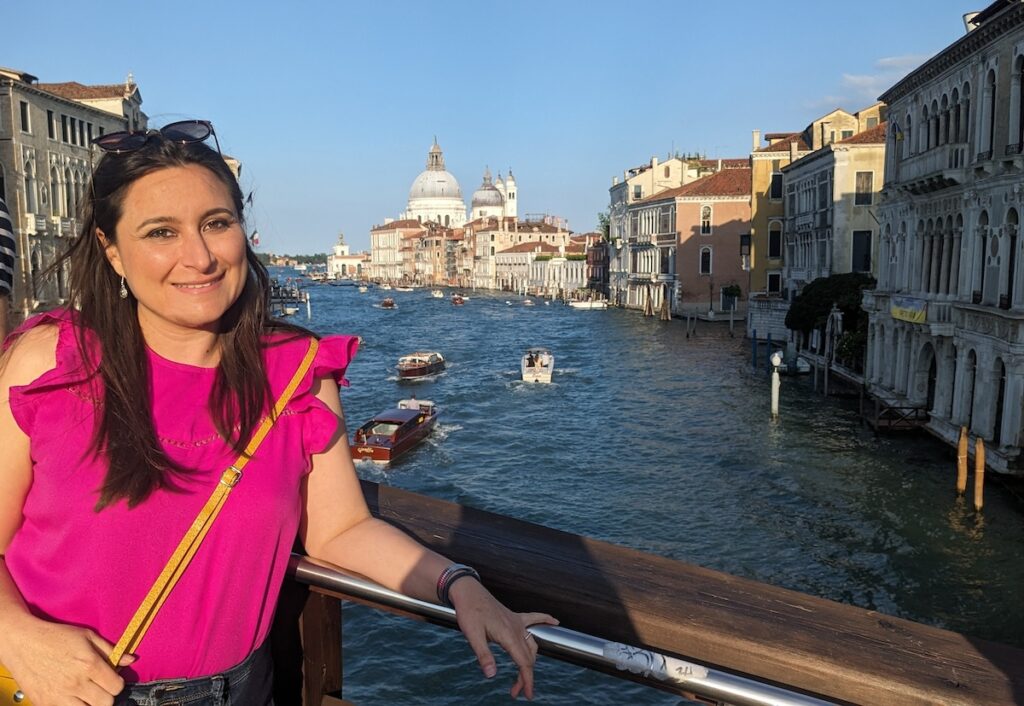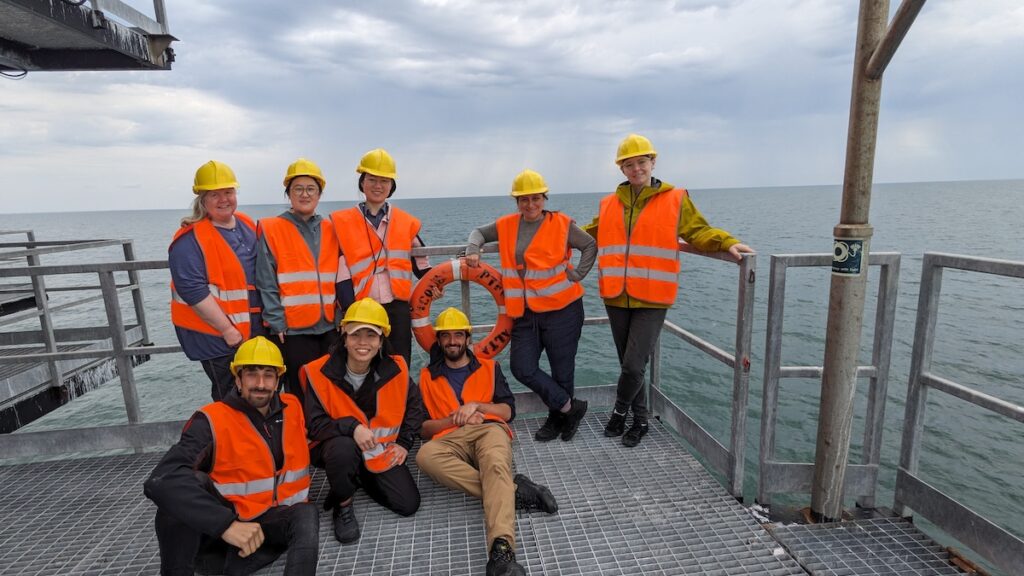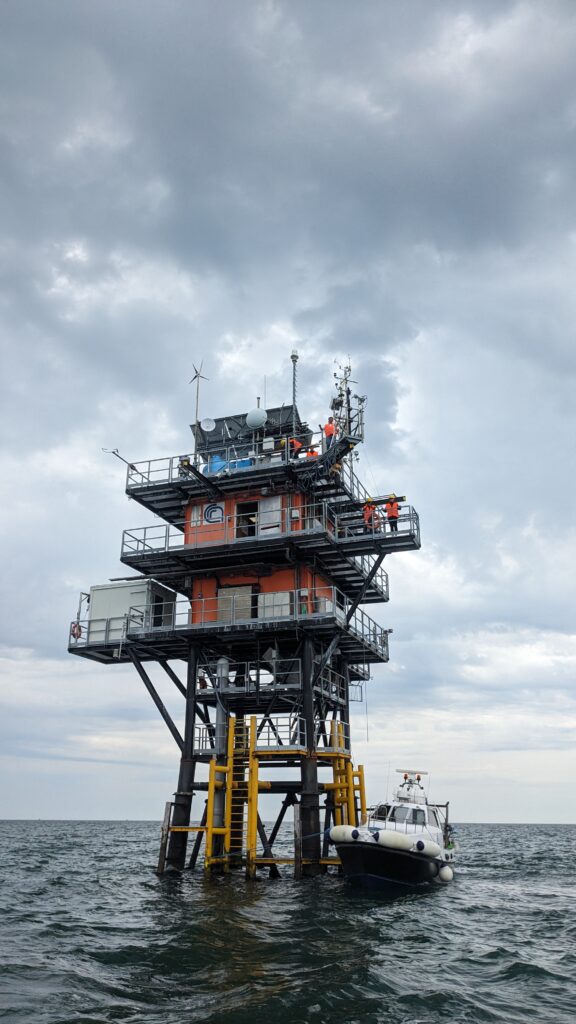
This past spring, University of Georgia Skidaway Institute of Oceanography (SkIO) scientist Sara Rivero-Calle traveled nearly 5,000 miles across the Atlantic Ocean to Venice, Italy, where she participated in an exclusive training on ocean color radiometric measurements for satellite validation.
Rivero-Calle was one of only three U.S.-based scientists accepted to participate in the training, which ran from May 6-17, 2024, and hosted a total of 30 early career researchers, postdocs and Ph.D. students from countries around the world. It was funded by the European Space Agency (ESA) and the European Organisation for the Exploitation of Meteorological Satellites (EUMETSAT) .
“I was very lucky to be selected,” said Rivero-Calle. “I learned a lot and was able to make some great connections for future collaborations and as a network to help each other out when doing this kind of research.”

Included in the training were lectures, hands-on fieldwork, data processing sessions and more, all in the spirit of helping researchers, like Rivero-Calle, better validate ocean color data obtained through satellite images, such as those used in Rivero-Calle’s Bio-Optics and Satellite Oceanography Lab.
Measuring ocean color is important because it gives scientists an eye into the health of marine ecosystems. By analyzing the color of different areas of the ocean, scientists can determine an area’s amount of phytoplankton, which are crucial for marine food webs. Analyzing ocean color can also help scientists assess water quality, track dangerous algal blooms and even understand the impacts of climate change.
During the two-week program, participants learned practical guidelines on how to take the best quality ocean color measurements in the field and how to process the data with uncertainty estimation using a new software that was developed jointly by NASA, ESA and EUMETSAT. The course also included training on a useful new tool to obtain matchups of those field measurements with ocean color satellite data.

Participants visited the Acqua Alta Oceanographic Tower, near Venice, which is part of an international network of radiometers used for satellite data validation used by NASA and ESA, among others. This experience was particularly rewarding for Rivero-Calle, as she and Srinivas Kolluru, a postdoctoral research associate in her lab, have used radiometric data from the Acqua Alta Oceanographic Tower in their research.
During the program, Rivero-Calle was also invited to give a talk about the work being done at SkIO. It was well-received by her peers.
“The talk was about how I built my lab and the work done by my group on satellite validation,” said Rivero-Calle. “The graduate students in the audience said it was impressive and very inspiring, and the more experienced researchers said they were ‘instrument envious’ and wanted to collaborate with us. I couldn’t have asked for a better outcome!”
More information about Rivero-Calle and her research is available on her bio page.
About SkIO
The UGA Skidaway Institute of Oceanography (SkIO) is a multidisciplinary research and training institution located on Skidaway Island near Savannah, Georgia. The Institute was founded in 1967 with a mission to conduct research in all fields of oceanography. In 2013, SkIO was merged with the University of Georgia. The campus serves as a gateway to coastal and marine environments for programs throughout the University System. The Institute’s primary goals are to further the understanding of marine and environmental processes, conduct leading-edge research on coastal and marine systems, and train tomorrow’s scientists. For more information, visit www.skio.uga.edu.


